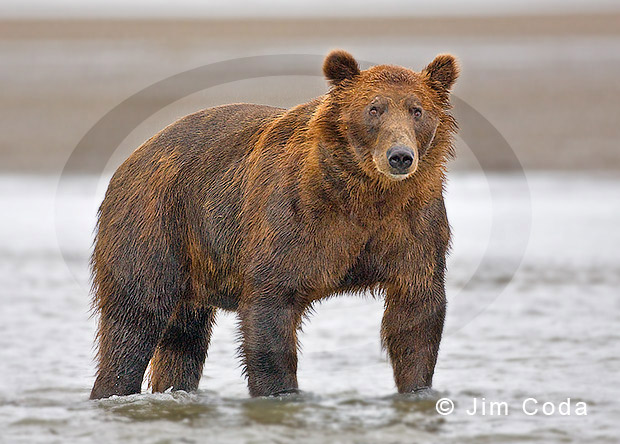Bad, Bad Leroy Brown (Bear); Lake Clark National Park

When I look at this boar I think of Jim Croce’s great song, “Bad, Bad Leroy Brown.” This guy was the biggest male brown bear I saw in my week at Silver Salmon Creek. Note the size of his shoulders and chest compared to the boar that was following the sow and cub in my last post. He has an old scar above his right eye.




